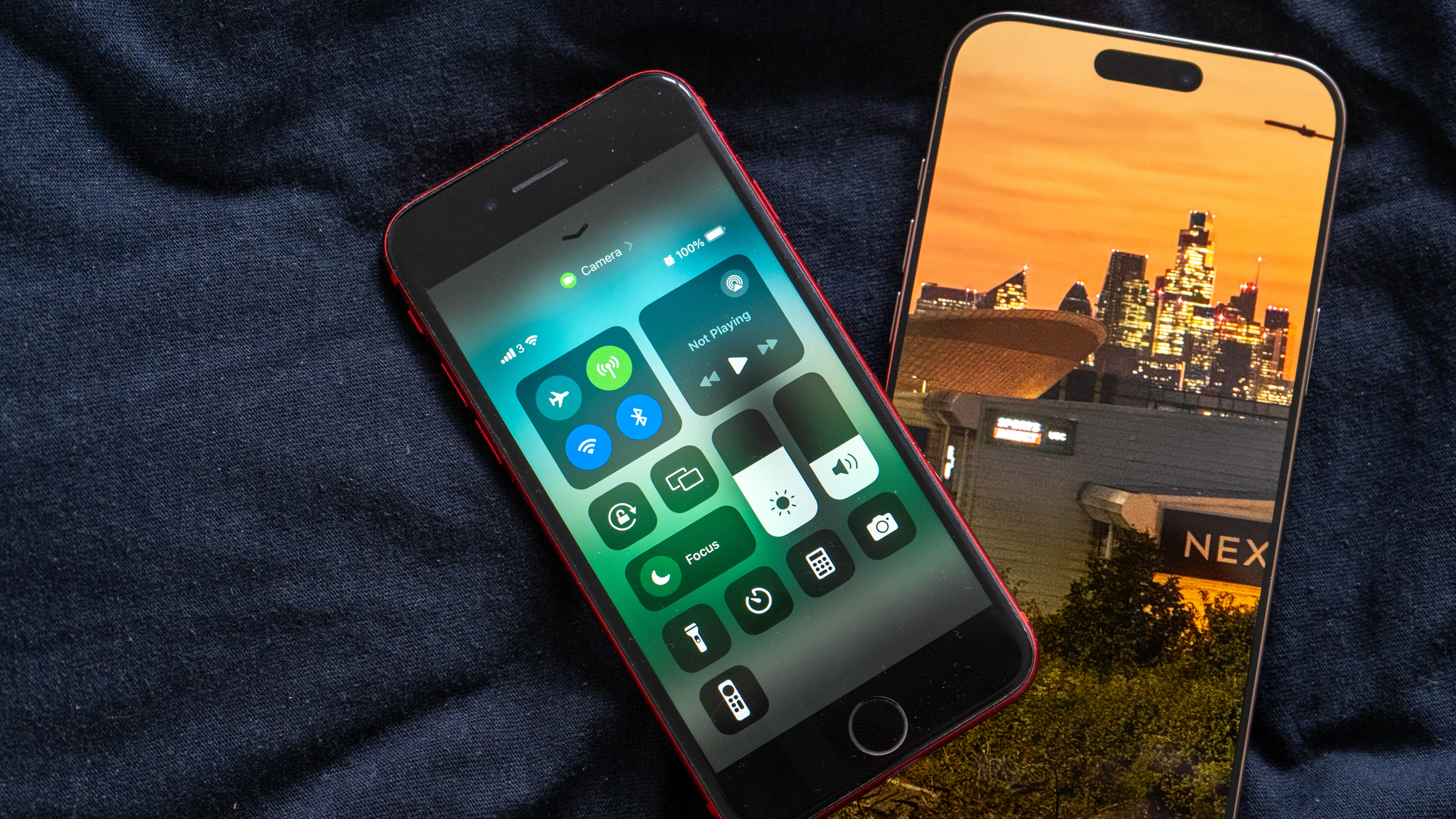
Although we are not expecting it before the beginning of next year, rumors are starting to crystallise about the likely specifications about the next iPhone SE – and bigger changes are expected on the inside and the outside than first though, including a major first for Apple.
There are a lot of exciting updates expected, which we'll get to, but one is very interesting.
Business Standard has now speculated that this will be the first phone from Apple which includes an Apple silcon, rather than a Qualcomm, modem. In other words, until now, even though Apple has achieved huge gains in battery life by designing its own combined processor chips, like the A17 in the new iPhone 16 and iPhone 16 Pros (see the best iPhones for Photography for more), Apple has not yet made its own chip to control the communications with the rest of the world – the wi-fi and cellular networks.
Apple has been working on this for some time, and the potential is massive, partly because it reduces reliance on external companies, but also because it gives Apple more control – and potentially more ability to extend battery life. (Of course, if it all goes wrong, it could be like antenna gate all over again, when the iPhone 4 design put the antennas in the metal rim of the phone design which some designers criticised.)
However it pans out, it's a very big step for Apple, but – other than the effect on battery life – it might be invisible, so what else might you get?

It's an especially important question for would by iPhone customers because in the '16' generation Apple have been unusually generous to the 'standard' iPhone 16, giving it the A17 chip – two generations ahead of the iPhone 15 – and the new Camera Control button (when, usually, a new feature like that goes on the 'Pro' series first then filters down.
Well, the last update to the iPhone SE was in March 2022 (it also rose to $429 from $399 at the time). It seems reasonable to expect the next update in March 2025 – once supplies of the iPhone 16 and 16 Pro lines have settled down.
This time reliable rumor sites like Macrumors are expecting the "Touch-ID" fingerprint button to be replaced with Face ID, as on the other iPhones, which should also make space for a bigger screen than the 4.7-inch. (For lovers of Touch ID, it's a last chance to snap this tech up.)
One place to look for a phone model that might simply be re-branded as the SE is the iPhone 13, which is currently sold for $599. That would provide differentiation – that phone has a notch rather than the newer 'dynamic island', and Apple could probably find a cheaper screen than the OLED, and, indeed, ditch the second camera. All SE phones so far have only had one camera.
In the same way the iPhone 16 generation seems keen to be "Apple Intelligence ready" there might be a bit more of a bump. Fonearena has circulated the following widely leaked specs which seem very plausible to us:
• 6.1-inch 2532 x 1170 pixel display OLED (Super Retina XDR)
• Six Core A18
• Dual Sim
• 48MP wide-angle camera
• 12MP front camera
• FaceID (using the same TrueDepth tech that other FaceID uses)
All, of course, with 5G and GPS, NFC etc.
That would be a strong play to keeping Apple in the broader market for accessibly priced phones, which – in the long run – could prive important in keeping iOS relevant and not just a niche product for the (relatively) rich.
As a photography fan, I'd still want the iPhone 16 at least, but this is a lot of phone for – presumably – a lot less money.







